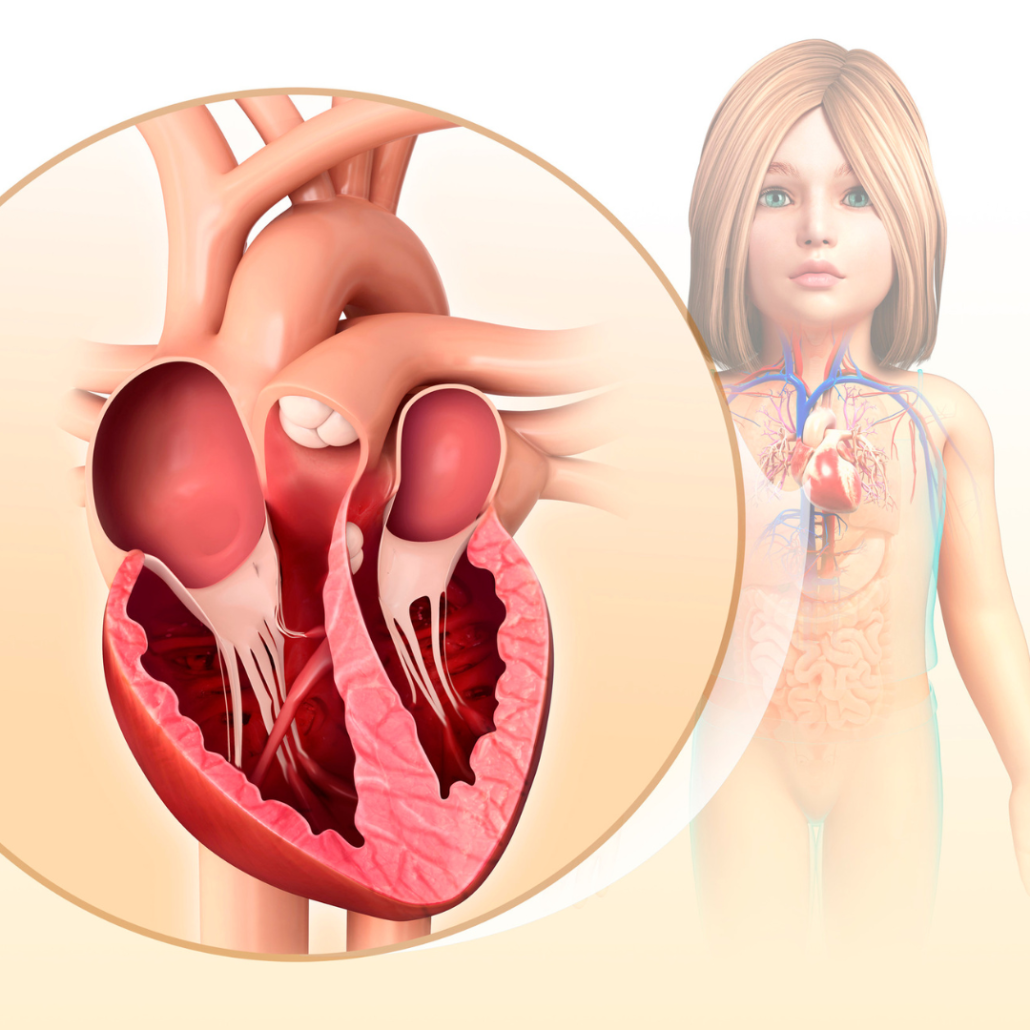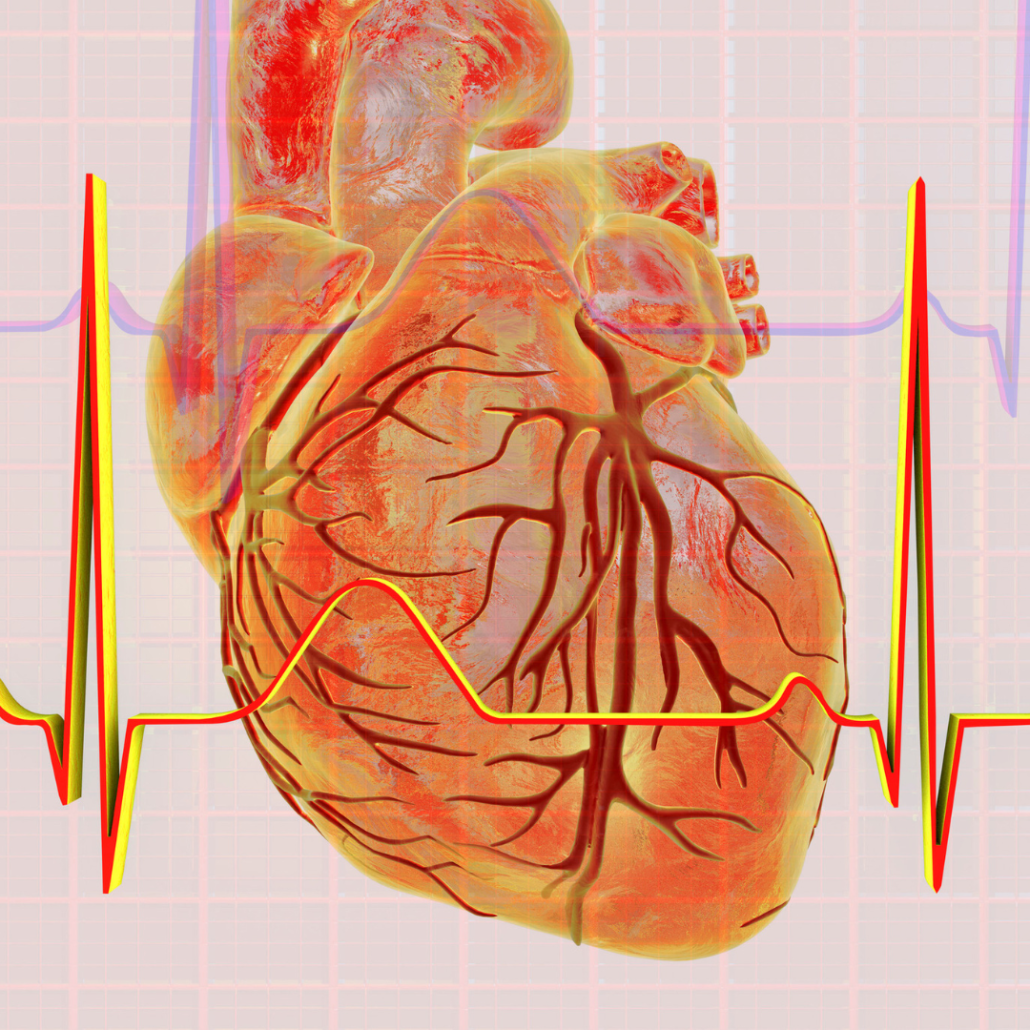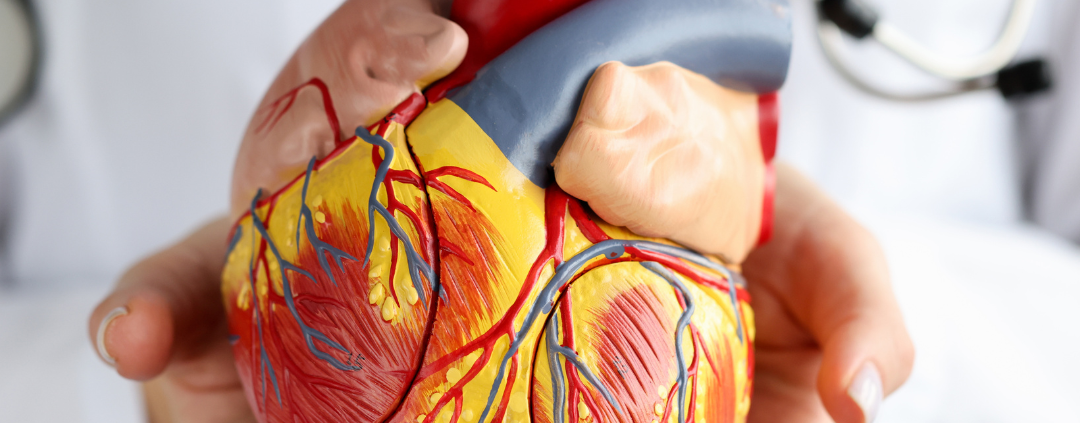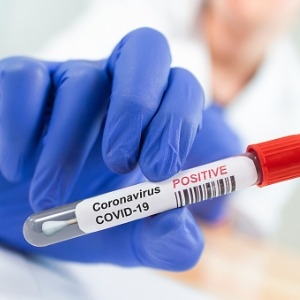Atrioventricular Canal Defect (AV canal defect)
The atrioventricular canal defect (AV canal defect) is a prominent feature of the complex terrain of congenital heart abnormalities. The chambers and the valves of the heart are both affected by this complicated ailment. As a result, this puts its normal structure and operation under stress.
Examining the structure, effects on circulation, diagnostic techniques, available treatments, and the bigger picture of pediatric cardiology are all necessary to comprehend the complexities of an AV canal abnormality.
The goal of this article is to clarify the complex nature of AV canal anomalies. We will do this by examining how these disorders are identified, controlled, and treated. In addition, we’ll also look at the current developments in medical science that are enhancing the prognosis for people who are affected.

How does it work?
An irregularity in the septum, or wall, that divides the heart’s upper chambers (atria) and lower chambers (ventricles), is known as an atrioventricular canal defect. This septum is intact in a healthy heart, allowing the atria and ventricles to function independently.
There is a connection of the atria and ventricles when there are holes in the septum. This occurs when there is an AV canal defect. The disruption of the regular flow of blood within the heart and between the heart and lungs subsequently takes place.
Impact on Circulation:
The septum’s gaps enable oxygen-rich blood from the left side of the heart to mix with oxygen-poor blood from the right side of the heart. This has an impact on overall blood circulation. The body thus receives insufficiently oxygenated blood, which results in weariness, poor development, and even bluish skin discolouration (cyanosis). Blood mixing also stresses the heart and lungs, which might cause a chain reaction of problems if left untreated.
Diagnosis of Atrioventricular Canal Defect
Clinical examinations, imaging analyses, and diagnostic testing take place frequently in conjunction to determine the presence of an AV canal abnormality. During a physical examination, doctors can notice a heart murmur, which might lead to more research.
The non-invasive imaging method of echocardiography, which visualizes the structure and operation of the heart using sound waves, is essential for making the diagnosis and determining the severity of the abnormality. For a thorough investigation, other imaging techniques like cardiac MRI and cardiac catheterization are often the go to method.
Treatment: of Atrioventricular Canal Defect:
For the management of AV canal problems, prompt intervention is essential. The severity of the deformity, the child’s age, general health, and any coexisting illnesses all affect the treatment choices. A typical strategy is surgical repair, which aims to patch up the holes in the septum and rebuild the heart’s valves.
Combinations of procedures, such as patching the septal flaws, rebuilding the valves, and maintaining adequate alignment of the chambers, often happens during the surgical operation. Cardiothoracic surgeons carefully try to reestablish as much of the normal structure and function as they can.

Improvements in Medicine:
Pediatric cardiology has seen tremendous changes recently, greatly improving the prognosis for kids with AV canal abnormalities. Surgical methods have changed, with minimally invasive procedures promising shorter hospital stays and less scarring.
Additionally, the use of cutting-edge imaging technology, including intraoperative imaging and three-dimensional echocardiography, has allowed surgeons to plan and carry out treatments with outstanding accuracy.
Long-Term Management of Atrioventricular Canal Defect:
Ongoing medical attention is crucial even though successful surgical repair can significantly enhance the quality of life for those with AV canal abnormalities. The monitoring of the function of the heart takes places on a regular basis and is a important procedure . Thus any possible problem comes under detection early on with the use of diagnostic tests, imaging investigations, and follow-up visits.
As they mature, certain people may need further therapies, therefore a multidisciplinary approach that involves pediatric cardiologists, surgeons, and other specialists is the need of the hour.
A Glimmer Of Hope:
The journey of a kid born with an AV canal defect is frequently different depending on the scenarios experienced by obstacles and victories. The prognosis for these children has changed as a result of improvements in medical knowledge, technology, and surgical methods. This gives them the chance to have healthier and more rewarding lives.
Congenital heart problems are a field that is still evolving. However, the cooperation of committed medical professionals, researchers, and families is encouraging optimism and advancement.
The atrioventricular canal defect serves as a reminder of the complexity of the human heart. Additionally, it also showcases the outstanding advancements achieved in the knowledge of and treatment of congenital heart disorders. The gaps in our understanding of these problems are starting to piece together by a combination of early diagnosis. Futhermore, skilled surgical intervention, continuous medical treatment, and the tenacious spirit of people and families add on. The path to healthier hearts for those with AV canal problems becomes a beacon of hope. It also invokes resiliency and advancement as medical knowledge advances.
















Leave a Reply
Want to join the discussion?Feel free to contribute!